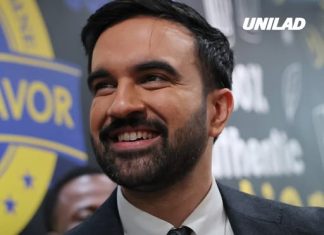The smiley face emoji 😊, once universally recognized as a symbol of friendliness and positivity, has undergone a significant transformation in meaning among Generation Z. For many Gen Z individuals, this seemingly benign symbol is now interpreted as passive-aggressive, sarcastic, or even insincere.
This shift in perception highlights the evolving nature of digital communication and the importance of understanding generational nuances in emoji usage.

Generational Divide in Emoji Interpretation
The divergence in emoji interpretation between generations is evident. Millennials and older generations often use the smiley face emoji to convey genuine happiness or to add a friendly tone to messages. In contrast, many Gen Z individuals perceive it as conveying a sense of sarcasm or passive aggression.
For instance, Hafeezat Bishi, a 21-year-old intern, shared her experience upon receiving a welcome message from colleagues that included a smiley face emoji. She interpreted it as dismissive, stating, “I had to remember [my colleagues] are older, because I use it sarcastically.”
Similarly, Ellie York, 23, commented on the emoji’s expression, noting, “I think it’s the eyes. It’s got an ‘oh really’ expression.” She emphasized that among her peers, the emoji is often used in a sarcastic or ironic context.
The Evolution of Emoji Meanings
The reinterpretation of emojis is not limited to the smiley face. Other emojis have also taken on new meanings among Gen Z. For example, the skull emoji 💀 is frequently used to express laughter, indicating something is hilariously funny. The thumbs-up emoji 👍, traditionally a sign of approval, is now often seen as passive-aggressive or dismissive.
These shifts underscore the dynamic nature of digital language and the importance of context in communication.

Implications for Intergenerational Communication
Understanding these evolving interpretations is crucial for effective communication across generations. Misinterpretations can lead to unintended offense or misunderstandings. For instance, a well-intentioned message from a millennial using the smiley face emoji might be perceived differently by a Gen Z recipient.
To bridge this gap, it’s essential to stay informed about the changing connotations of digital symbols and to consider the audience’s perspective when communicating.
The changing perceptions of the smiley face emoji among Gen Z highlight the fluidity of digital language and the influence of cultural and generational contexts. As digital communication continues to evolve, staying attuned to these shifts is vital for fostering understanding and connection across diverse groups.

















